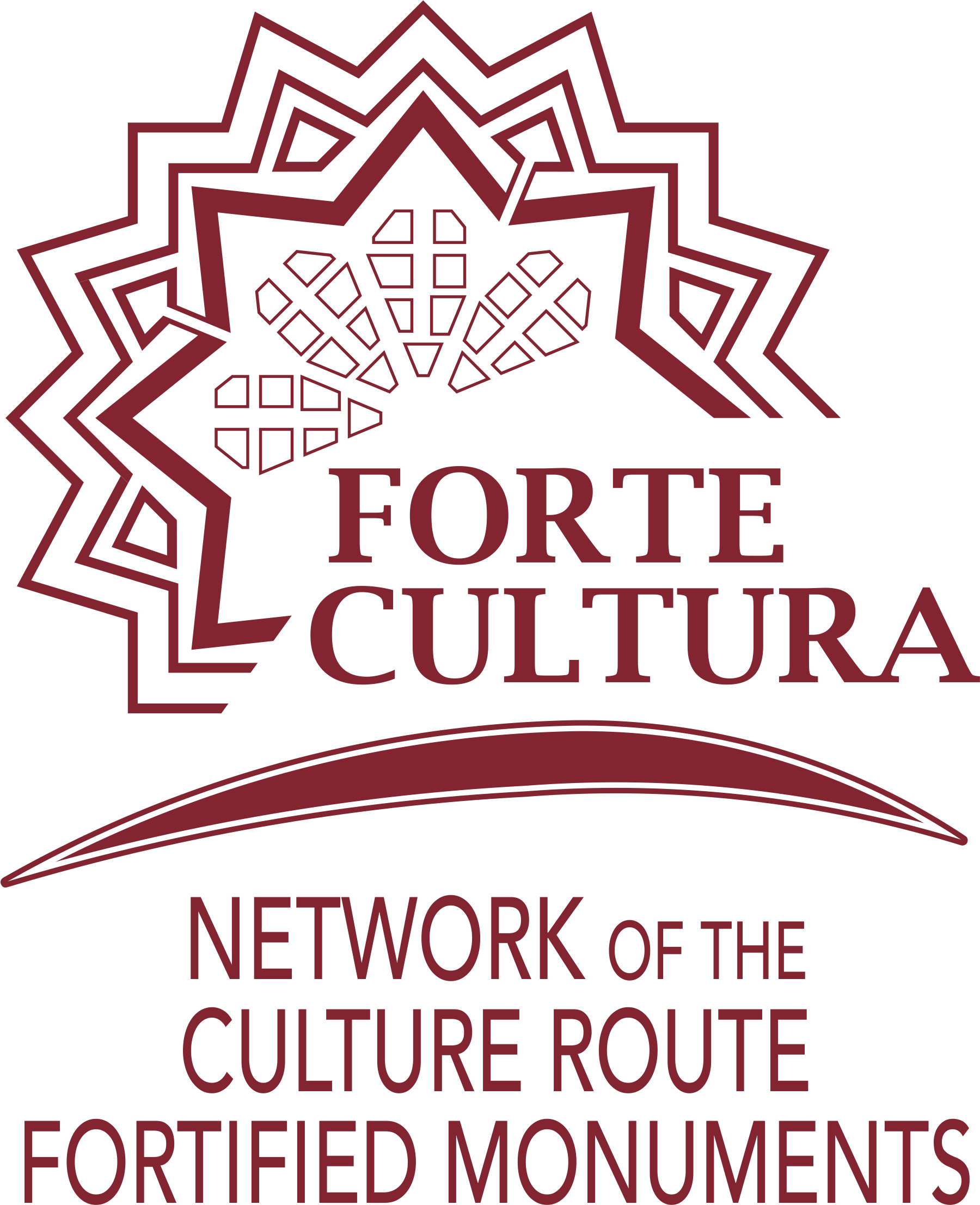by Filippo M. Cailotto,
Photo: Stonemasonry workshop at Rosenberg Fortress, Kronach (DE), ©Stadt Kronach Tourismus- und Veranstaltungsbetrieb
Today, fortresses are symbols of history and resilience. They stand as silent guardians of Europe's past. Many of these monuments are increasingly developing into lively cultural centres. Creative tourism is an innovative approach that goes beyond passive sightseeing and promotes new perspectives through immersive and participative experiences.
The FORTE CULTURA Congress 2025 in the Forte di Bard fortress in Italy (27-29 March 2025) addresses, among other things, the question of how creative tourism can promote the sustainable development of fortified cultural heritage sites.
We are delighted, Prof Nancy Duxbury from the University of Coimbra (PT), a leading expert in this field and author and coordinator of the book "Creative Tourism: Activating Cultural Resources and Engaging Creative Travellers" (CAB International).
This article introduces the concept of creative tourism, highlights best practice from across Europe and explains why this approach can be significant for the future of fortified heritage sites.
What is creative tourism?
Traditional tourism often focuses on guided tours and exhibitions where visitors passively absorb historical information. Even though modern tools are increasingly enabling interactivity, e.g. digitally, creative tourism actively engages and empowers visitors in a different, very hands-on way:
- the Participation in practical workshops (e.g. craftsmanship, restoration techniques, historical re-enactments),
- Interaction with local communitiesto learn more about their customs, traditions and everyday life,
- the Immerse yourself in immersive storytelling experiencesthat bring historical sites to life.
This interactive approach fosters a deeper emotional connection between visitors and heritage sites, strengthening cultural identity while generating economic benefits for local communities.
Creative tourism has already transformed the visitor experience at several European fortresses. A remarkable example is provided by Carita Wilenius-Rantalathe managing director of the Ehrensvärd Society at Suomenlinna Fortress, a UNESCO World Heritage Site in Finland. Suomenlinna has developed an adventure tour programme for children in cooperation with local schools. This innovative approach earned the programme the Nordic Heritage Award in.
These and other case studies illustrate that creative tourism is not just about attracting visitors - it's about transforming heritage sites into active cultural spaces that promote local engagement, education and economic sustainability.
Why creative tourism is important for FORTE CULTURA members.
For fortress managers and cultural heritage experts in the FORTE CULTURA network, the adoption of creative tourism strategies offers numerous advantages:
- Attracting qualified visitors - Tourists looking for authentic and immersive experiences tend to stay longer and spend more.
- Economic effects for local communities - By involving local craftspeople, artists and businesses, fortress managers can create sustainable micro-economies around heritage sites.
- Access to European financing opportunities - Many EU programmes support projects that combine heritage conservation, sustainability and community engagement, making creative tourism an ideal strategy for securing financial support.
At the FORTE CULTURA Congress 2025, we will explore how fortress managers can successfully implement creative tourism initiatives. The event at the Forte di Bard offers Expert discussions, case studies and workshopsto inspire practical solutions for cultural heritage sites across Europe.
📅 Dates: March 27-29, 2025
📍 Location: Forte di Bard, Aosta Valley, Italy
🎤 Key Speaker: Prof. Nancy Duxbury, University of Coimbra (PT), author of Creative Tourism: Activating Cultural Resources and Engaging Creative Travellers
If you are looking for innovative ways to revitalise your fortress and inspire visitors, this congress is a must.


Leave a Reply